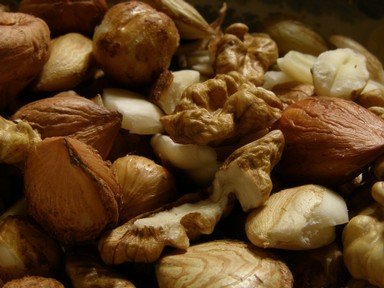Quiz Answer Key and Fun Facts
1. Which North American tree, prized for both nuts and lumber, has a very distinctive spicy smell in the leaves, stems, and nut husks?
2. Which tree grows nuts that are toxic to dogs?
3. Which nut tree that grows in the Amazon rain forest is also used for carpentry, flooring, and heavy construction?
4. Which of the following trees produces a nut that is green when it is ripe and edible?
5. Which tree grows nuts that are important when making pesto sauce for pasta?
6. Which North American nut tree is considered a species-at-risk in its home range? It shares its name with a squash.
7. Do California almond trees help to add more water into the environment when there are drought conditions in that state?
8. What is brutting, a way of encouraging the growth of more hazelnuts in any given year?
9. Alabama, Arkansas, California, and Texas have all named which of the following edibles as the state nut or the state tree?
10. Which nut tree has varieties known as shagbark and shellbark that produce delicious nuts?
Source: Author
Trivia_Fan54
This quiz was reviewed by FunTrivia editor
WesleyCrusher before going online.
Any errors found in FunTrivia content are routinely corrected through our feedback system.

